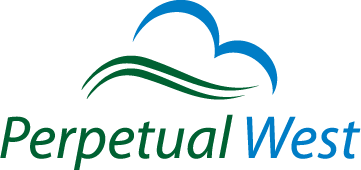If you have read any recent articles or blog posts about inbound marketing, the term ‘call to action’ is usually mentioned. A call to action (CTA) is defined as “…a banner, button, or some type of graphic or text on a website meant to prompt a user to click it…” and learn more about an offer. CTA’s can be placed on every page of your company website and company blog as a way of engaging visitors and asking them to respond to an offer.
Types of Call To Action Offers
There are 3 different categories of offers that you can associate with a call to action (CTA) button:
- Top of the funnel/buying cycle – prospect knows that they have a problem that needs to be solved, looking for a way to solve the problem
- Middle of the funnel/buying cycle – prospect recognizes that your company’s solution may solve their problem
- Bottom of the funnel/buying cycle – prospect is ready to buy
Source: Hubspot.com
Examples of CTA Buttons
Did you know that you can create your own CTA buttons with PowerPoint?
Check out HubSpot’s blog post on how to easily create professional looking CTA’s in PowerPoint for an easy to follow tutorial on this topic. Here are a few examples of CTA buttons that we made using PowerPoint:
Key Considerations
- Include call to action buttons throughout your website/blog that focus on the different types of offers since one type of offer may speak to a potential customer while another may not (depending on where they are in the buying cycle).
- On your company blog, call to action buttons can be placed on the sidebar or at the bottom of individual blog posts. Don’t be afraid to test out different CTA buttons to see which ones receive more clicks/response.
- If possible, link the CTA button to a landing page with an embedded form so that you can gather contact information that can be followed up by your sales team





